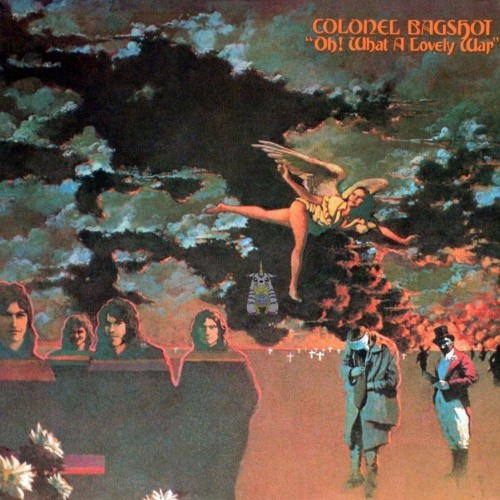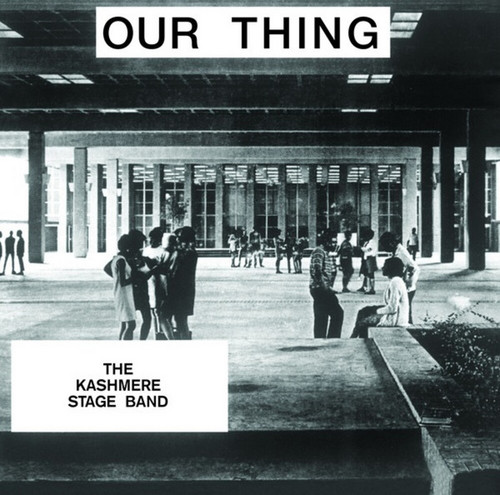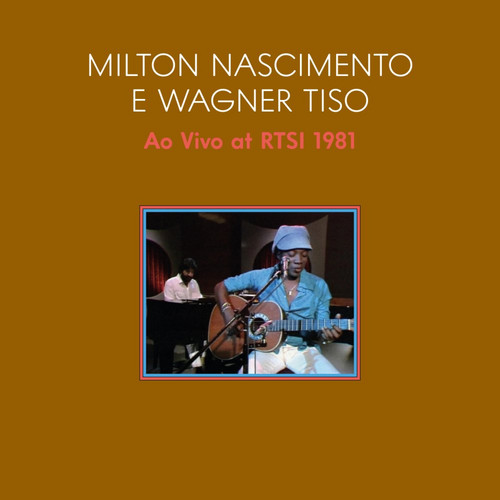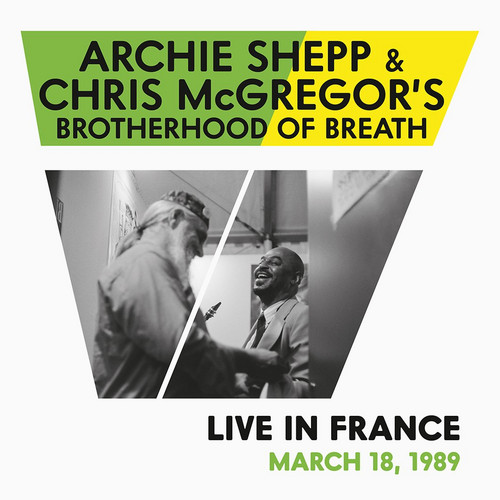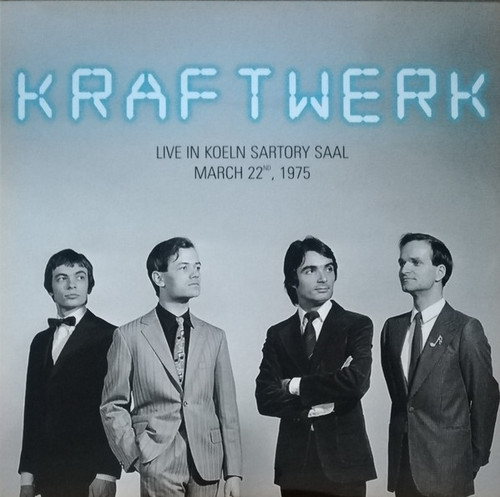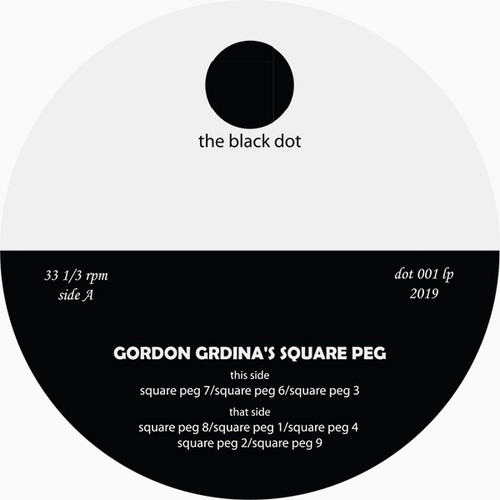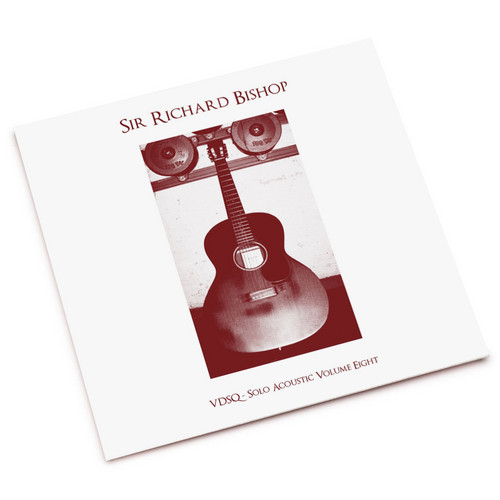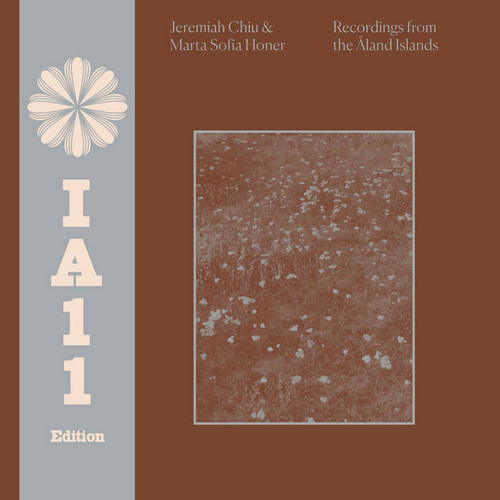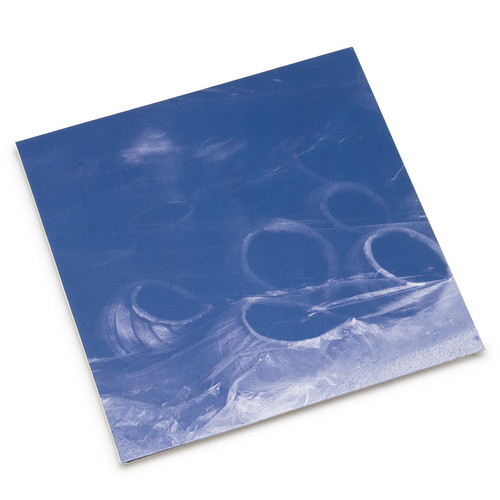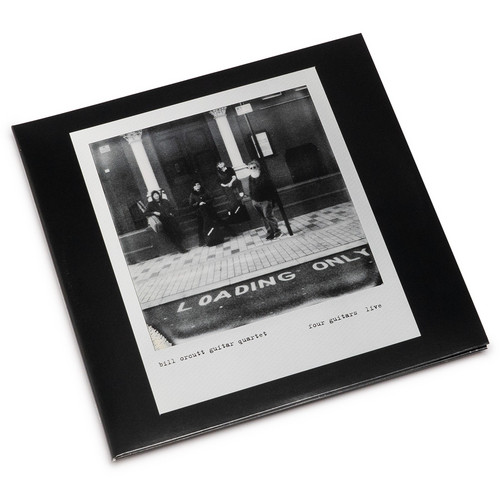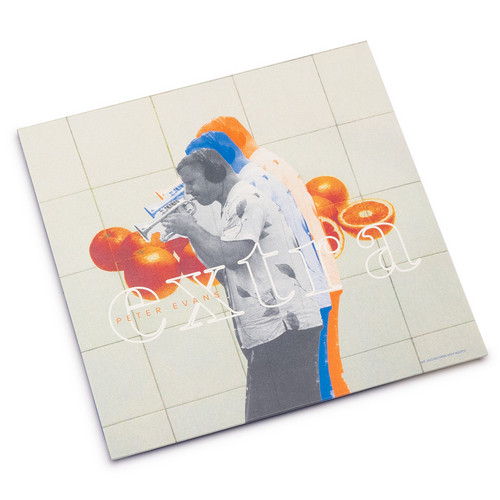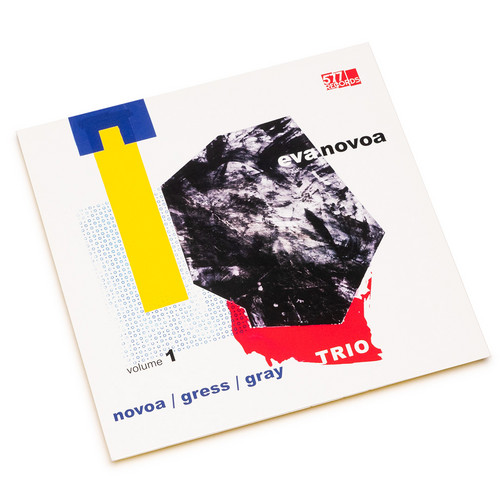Back in stock
Akira O.S.T.
*2025 stock* The strength of the Akira soundtrack lies in its unique blend of traditional Japanese instruments and futuristic electronic sounds. Yamashiro weaves together an eclectic mix of influences, creating a sonic landscape that mirrors the dystopian and cyberpunk themes of the movie. The use of traditional chants, taiko drums, and shakuhachi flutes alongside electronic synthesizers and orchestral elements generates a hauntingly mesmerizing atmosphere that perfectly complements the visuals …
Oh! What A Lovely War
Originally released in 1971 on Chess subsidiary Cadet Concept, Oh! What A Lovely War is the only full-length album from Liverpool’s underrated psych rock quintet Colonel Bagshot. What an evocative title, resonating powerfully in today’s world.
Though the band’s name might not be instantly familiar, their musical legacy persists through an intense series of 7-inches issued between 1969 and 1973. Over time, these releases helped them build a devoted cult following. The album itself remained a hidd…
Our Thing
From the halls of Kashmere High School to the discographies of funk aficionados worldwide, the Kashmere Stage Band’s debut album Our Thing, self-released in 1969, stands as a defining artifact of American funk. Born from a Texas student ensemble under the exacting direction of musical director Conrad O. Johnson, the band forged a sound steeped in raw, unfiltered groove and high-velocity horn work that would resonate for decades.
Our Thing captures the Kashmere Stage Band at a pivotal moment: a r…
Ao Vivo 1981 (Live at Swiss TV with Tiso Wagner)
Experience the breathtaking artistry of Brazilian music legends with the remarkable release of "Milton Nascimento/Wagner Tiso – Ao Vivo 1981 (Live at Swiss TV)." This album captures an unforgettable 1980 performance, where Milton Nascimento’s flawless melodies and rich harmonies bloom in every note.
Joined by his long-time collaborator, the renowned pianist and arranger Wagner Tiso, Nascimento delivers a wondrous set—his evocative vocals and warm acoustic guitar intertwining with Tiso’s masterfu…
Gal
*2025 repress* After Caetano Veloso broke out with his solo debut, the self-titled 1968 release recognized as the building block for the now infamous Brazilian Tropicalia movement, his friends and musical peers released similar albums, always upping the ante in terms of outrageousness and inventiveness. This release, the second of two self-titled albums released by Gal Costa in 1969, set the high watermark in terms of overall insanity and complete experimental freedom for the entire lot; not Vel…
Live in France March 18th, 1989
The final chapter of the legendary Brotherhood of Breath unfolds in this captivating live recording from the Banlieues Bleues festival in France, March 18th, 1989. This release is a historic testament to the dynamic fusion of South African jazz influences with broader jazz traditions, capturing the band at a pivotal moment. Adding palpable excitement to this installment is the presence of the iconic Archie Shepp, who delivers compelling performances on tenor saxophone throughout the concert and …
Live In Koeln Sartory Saal, March 22nd, 1975
Experience the legendary sound of Kraftwerk in one of their most iconic live performances. Recorded on March 22, 1975, at the Satory Saal in Koeln, this concert captures the band at the height of their creative power. Featuring two tracks from the previous year's groundbreaking album Autobahn, including an epic sidelong rendition of the title track, this set is widely regarded as one of the finest live recordings in Kraftwerk’s storied career.
The performance is rounded out with the classic “Ruc…
Orlando Furioso
Tip! With the opening phrase of “En Tornasol,” an unseen barrier melts away to reveal an alien landscape. Early European composers felt that their work reflected in its structure the divine nature of the material world. Via tuning, form, and contrapuntal alchemy, these musicians sought to illuminate and edify the complex and perfect order of existence. The music recorded here also reflects the contours of an ordered world, but it is no place any of us has ever visited. By assembling far-flung bu…
In The Groove
2025 much needed repress!! Since its formation in 1969, Soul Media had been advocating a fusion of jazz and rock. The next step along that line was this album, In the Groove, recorded in 1973. The sharpness of jazz is brought to the forefront, with rock melting in to give it an edge, and funk injected to imbue it with power and resilience. The result was a strong, sophisticated, and simply "cool music" that could not be categorized within existing genres such as jazz rock, jazz funk, or fusion. …
Live at The White Room
"Gorgeous live debut LP by an extremely flexible quartet put together by Vancouver based string-monster, Gordon Grdina. Grdina plays both electric guitar and oud. His guitar work here recalls a couple of very different players -- the clean angular scramble of Boston's Joe Morris, and also the more lyrical passages played by the master of power-distortion, Sonny Sharrock. On oud (an instrument most often associated with traditional music of Northern African and Western Asia) he creates a new appr…
Solo Acoustic Volume Eight
2025 Stock. Sir Richard Bishop returns with another chapter in his ongoing exploration of solo acoustic guitar territories. Solo Acoustic Volume Eight presents a three-part suite titled Hypostasis - a extended meditation that finds the master guitarist weaving together familiar themes with entirely new compositional ideas across both sides of the vinyl.
Known for his legendary work with Sun City Girls and his deep immersion in global guitar traditions, Bishop has spent decades developing a style…
Breath in Definition
Ingrid Schmoliner and Alex Kranabetter are pillars of the improvised and experimental music scenes inAustria stretching back more than a decade. Although the former is known primarily as a pianist and vocalist and the latter as a trumpeter, they both possess seriously expansive sonic palettes. Schmolinger works rigorously with sound direction to generate vibrant psychoacoustic and spatialized effects, while Kranabetter routinely deploys electronics to radically transform and expand his sound wor…
Recordings from the Åland Islands
In 2017 Jeremiah Chiu & Marta Sofia Honer traveled together to the Åland Islands (an archipelago that is host to around 6,500 islands) in the Baltic Sea between Sweden and Finland. They headed to the islands with the intention of helping two friends (mother/daughter duo Jannika/Sage Reed) barn raise a small inn named Hotel Svala in Kumlinge (a municipality consisting of a small group of islands and a population of about 320). The idea was that, once completed, Svala would host artist residencies…
The Shell That Speaks The Sea
"I first met David Toop some 20 years ago. I think we were in touch shortly before that, but our first meeting took place when I invited him to Australia to perform and to speak as part of REV, a festival held at Brisbane Powerhouse. It was a memorable meeting, I vividly remember his solo performance and the edition A Picturesque View, Ignored, documents an improvised meeting during that time. Over the years, David and I have shared an interest in both the material and immaterial implications of…
Four Guitars Live
As Bill Orcutt’s most mature and exhilarating LP to date, Music for Four Guitars was a slab of undeniable Apollonian beauty. Its approachability and obvious novelty landed it not only on the year- end lists of every key-pushing codger in the underground in 2022, but also on NPR in the form of the Bill Orcutt Guitar Quartet, an ensemble assembled to perform this music and featuring Wendy Eisenberg, Ava Mendoza, and Shane Parish. But while their Tiny Desk Concert gave a whiff of the quartet’s easy…
Budapest Concert
Bordeaux Concert is a special document from Keith Jarrett’s last European tour. Each of Jarrett’s 2016 solo piano concerts had its own strikingly distinct character, and in Bordeaux the lyrical impulse is to the fore. In the course of this improvised suite, many quiet discoveries are made, and there is a touching freshness to the music as a whole, a feeling of intimate communication. Reviewing the July 2016 performance, the French press spoke of hints of the Köln Concert and Bremen-Lausanne in t…
Extra
Peter Evans makes his We Jazz Records debut with Extra, a new album out 25th October. The band formation includes Evans on trumpet, Petter Eldh (Koma Saxo / Post Koma) on bass and Jim Black on drums. Peter Evans, an acclaimed trumpet player, improvisor, and composer based in New York City presents a gutsy new band that gets right to work with his eight new compositions. Extra was recorded at the iconic Namouche Studio in Lisbon and it has a feeling of a session where all musicians are pushing fo…
Volume 1
Brooklyn-based pianist Eva Novoa delivers a masterfully executed trio album of melodic themes replete with touches of swing, grooves and exquisite electronic landscapes. Novoa’s articulated playing flows with plenty of room gifting the band full freedom of improvisation.
On the track ‘Rocket Man’ you can hear the possibilities of the traditional jazz trio format as it projects into the future, combining the acoustic beauty of the piano with the electronic tapestry of modular synthesizer. The gro…
Babs Robert & The Love Planet
"Despite its modest role on the world stage, Belgium has produced a number of internationally renowned musicians and composers. There is the iconic gypsy jazz guitar maestro Django Reinhardt, whose position remains unassailable, and guitarist/harmonica player Toots Thielemans, who became an internationally renowned artist performing and recording with Bill Evans, Oscar Peterson, Ella Fitzgerald, Peggy Lee, Shirley Horn and Quincy Jones. The other key Belgian figure is composer/arranger Francy Bo…
Il Dio Sotto La Pelle
Piero Piccioni's hidden masterpiece finally emerges. His 1974 Il Dio Sotto la Pelle soundtrack fuses jazz, psychedelic orchestration, and world music into transcendent spiritual journey. Ethereal strings, exotic instruments, and contemplative atmospheres mirror the film's exploration of identity and the sacred. Double transparent orange vinyl edition of 500.

